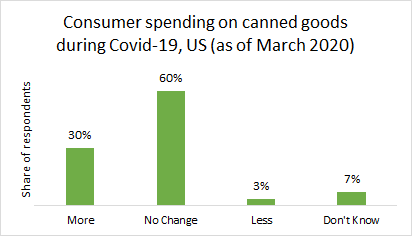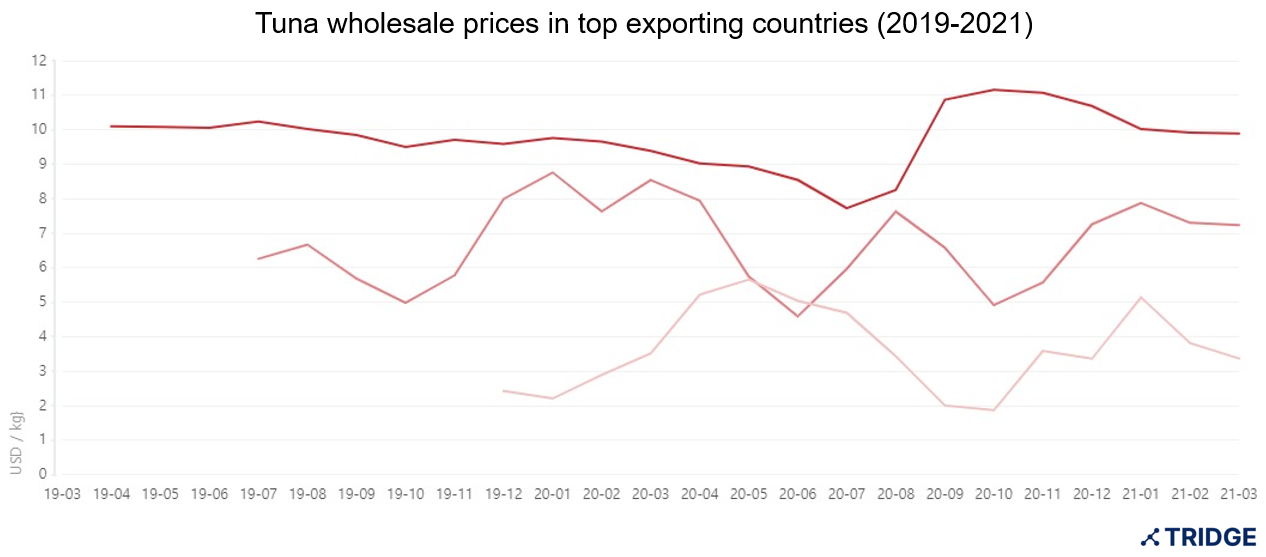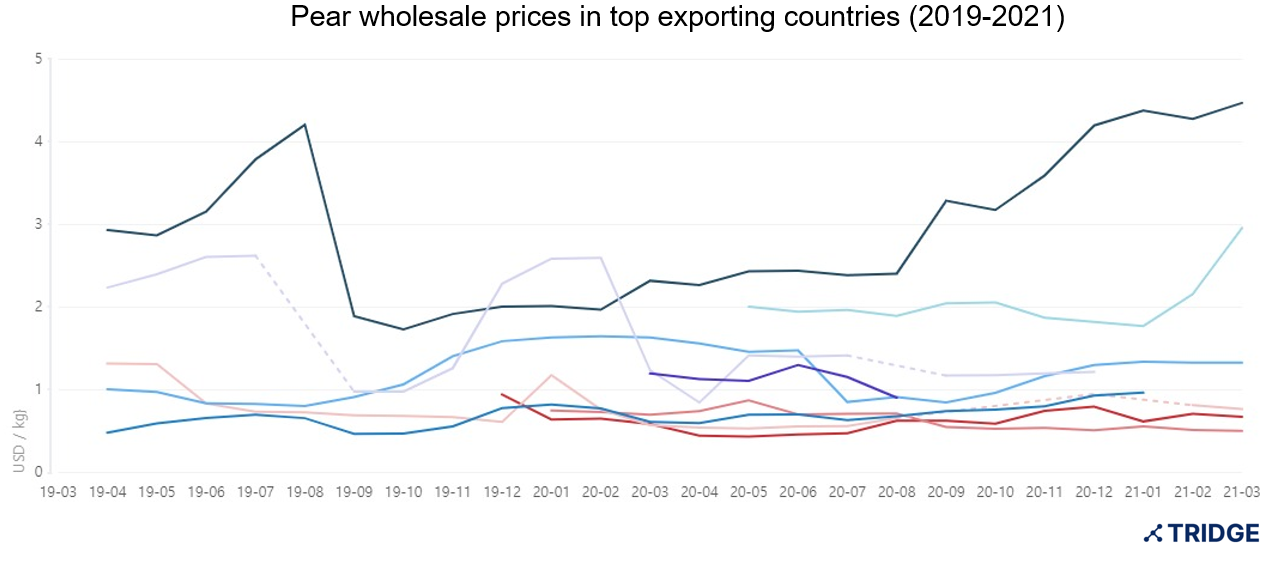Can shortages squeeze medium-sized producers in Indonesia
Canned goods are easily spotted in supermarkets and retail stores under a variety of food sections, from fruits to soups. By targeting consumers’ need for more convenient and longer shelf life foods, the canned food industry is expected to grow at a 3.9% compound annual growth rate (CAGR) during 2018-2026, reaching a market value of USD 124.8 billion by 2026. Europe is the largest importer of canned fruits and vegetables, accounting for more than 70% of global imports in 2019. However, as the pandemic halted industry processes, and caused delays in logistics, insufficiency in the supply chain of the canned goods industry started to emerge, causing an imminent threat to the industry players.
Increase in demand for canned goods
Demand for cans skyrocketed during Covid-19 as producers tried to meet consumers’ rising bulk purchases of canned goods that have longer shelf lives. Moreover, due to stringent social distancing measures and fear of being infected, consumption behavior shifted to one-time-big-time purchases wherein the number of transactions decreased. Still, spending per transaction increased during 2020 in the US. Due to bars and supermarkets shutting down, demand for cans that can be bought for to-go further heightened. This trend was most prominent in beverage, fisheries, and fruit products.

Source: Statista, Tridge
Within the fisheries and fruit industries, tuna and pear were some of the most sold canned goods during Covid-19. The US consumers have been purchasing more canned tunas during Covid-19 as an affordable source of protein. Bumble Bee Foods LLC, a US canned good company, reported that their canned and pouched tuna sales spiked 100% during March-April, 2020. Along with a substantial increase in demand, tuna prices showed a significant spike during the latter half of 2020 and have continued to stand at a higher range than the previous year. A similar trend was seen in pear prices where a general increase is reflected during the latter half of 2020.

Source: Tridge

Source: Tridge
Impact of can shortage on producers
However, due to increasing demand and preference over canned goods, producers have been running on global can shortage. According to Chief Executive Gavin Hattersley, US companies have been struggling to acquire 12-ounce cans. The can shortage problem was raised during the first half of 2020 and is still threatening food business operations, especially in small and medium enterprises. According to Yun Primawan, a Tridge Engagement Manager, medium-sized producers of canned pineapple in Indonesia, North Sumatra, are forced to stop their production due to shortages in can materials and fresh pineapples. The shortage in cans has made small and medium producers more vulnerable than ever compared to larger companies with a bigger capital allowance to acquire necessary packing materials. It goes without saying that the longer the can shortage problem stays, the more small and medium producers will be pushed out of the industry. This phenomenon, if left unsolved, would eventually boil down to imbalances in supply and demand, thus placing upward pressure on canned good prices.
Source
- amfori. The canned food industry
- The Wall Street Journal. Coronavirus is causing a can shortage.
- MDPI. Impact of COVID-19 on Food Behavior and Consumption in Qatar.
- MDPI. COVID-19 Drives Consumer Behaviour and Agro-Food Markets towards Healthier and More Sustainable Patterns.
- Market Place. New supply-chain crisis during pandemic: not enough cans for food



